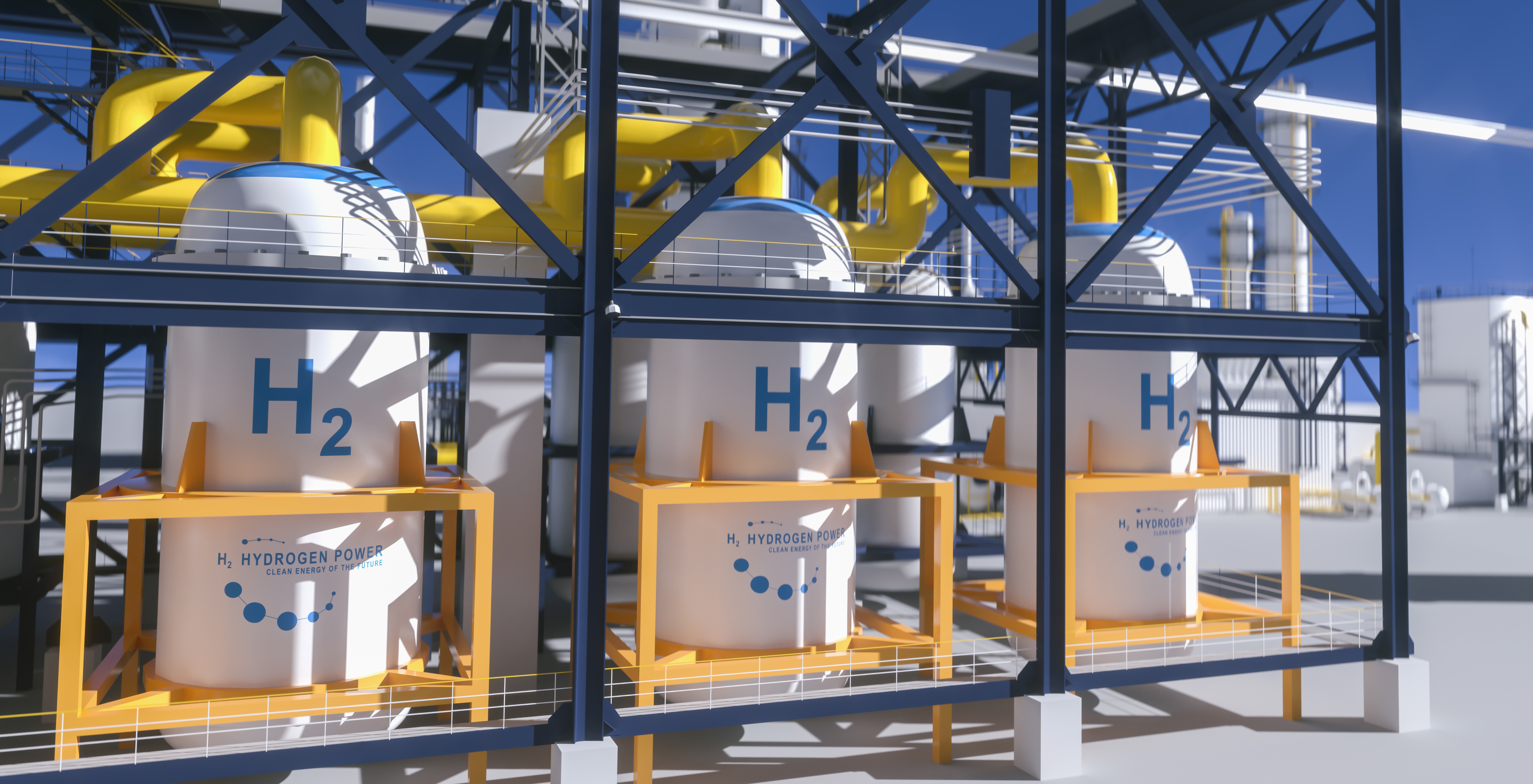Unpacking the U.S. Clean Hydrogen Strategy and Roadmap with GenHydro

The Situation:
On June 5, 2023, the Department of Energy (DOE) released the U.S. National Clean Hydrogen Strategy and Roadmap. This document is a first-of-its-kind blueprint which aims to help accelerate the production, storage, transportation and usage of clean hydrogen as an energy source in the United States.
Clean hydrogen, which can be produced with virtually no carbon emissions, has huge potential to help decarbonization efforts. Moreover, investment in clean hydrogen will create thousands of new jobs-- with an estimated 300,000 new positions created by 2030.
This roadmap highlights three key priorities: targeting industries where hydrogen would have the highest impact, reducing costs of hydrogen to $1/kg by the year 2031 and creating a minimum of four regional hydrogen hubs.
Strategy 1: Target Strategic, High-Impact Uses of Clean Hydrogen
This strategy focuses on using clean hydrogen in the highest value applications, specifically where other decarbonization efforts do not exist. Industries that fall under this umbrella include "the industrial sector (e.g., chemicals, steel and refining), heavy-duty transportation and long-duration energy storage" (energy.gov). These industries often times employ high-heat processes, making common decarbonization alternatives such as electrification impractical.
GenHydro's reactant-based technology is an ideal choice to help decarbonize these hard-to-abate industries. Currently focused on the transportation and shipping sectors, GenHydro is targeting trucking and maritime freights looking to make the switch to green energy. With the estimated production level of 600 tons clean hydrogen a day by 2026, GenHydro's reactors have the potential to turn major manufacturer's fleets into hydrogen fuel cell vehicles and watercrafts.
Strategy 2: Reduce the Cost of Clean Hydrogen
This element of the clean hydrogen road map strategy is focused on reducing the high costs associated with clean hydrogen. The United States is planning on "harnessing the innovation and entrepreneurial spirit of Americans and world-class National Laboratories, industry, and academic facilities, in addition to ramping up deployments, can help drive down costs rapidly and achieve scale within a decade.” (energy.gov). The Department of Energy is not only focusing efforts on reducing production costs, but also aims to minimize shipping and storage costs.
GenHydro's multi-product approach creates a commercially scalable and economically feasible revenue model. By using scrap metal, the GenHydro reactor system can produce a high-value solid hydrogen fuel while cogenerating thermal energy and advanced ceramic powder. Furthermore, the solid form of the hydrogen fuel helps facilitate easy shipping and storage, which leads to additional savings.
Strategy 3: Focus on Regional Networks
The final key strategy of the U.S. National Clean Hydrogen Roadmap is focusing on regional networks. The document highlights the importance of investing in regional "hydrogen hubs" in order to help reach scalability in hydrogen production. By strategically developing large-scale clean hydrogen producers in specific regions, a wider range of end users can employ affordable clean hydrogen. This hub approach not only promotes " stronger and more competitive regional economies" (energy.gov), but also serves as a catalyst for growth of the hydrogen economy in targeted sectors.
GenHydro is pursuing a distributed production model, which aims to establish a network of hydrogen producing facilities as opposed to one large production plant. With multiple facilities, GenHydro will be able to cater to the demand of clean hydrogen in specific regions. This approach not only offers higher regional coverage, but lowers costs through economies of scale, and enhances the reliability of clean hydrogen supply.
The Takeaway:
The U.S. Clean Hydrogen Strategy and Roadmap outlines three pivotal elements to help implement H2 as a green energy source: focus on high impact uses, cut costs, and build regional networks. The GenHydro reactor system stands out as a powerful ally for achieving the objectives outlined by the DOE through its capability to decarbonize hard-to-abate industries, reduce costs, and create robust regional networks. By investing in innovators, implementing new technology and containing the conversation surrounding a hydrogen economy-- the goals outlined in this road map become closer to reality.
Sources:
“U.S. National Clean Hydrogen Strategy and Roadmap.” U.S. National Clean Hydrogen Strategy and Roadmap : DOE Hydrogen Program, 5 June 2023, www.hydrogen.energy.gov/clean-hydrogen-strategy-roadmap.html.
(l_collins), Leigh Collins. “US Unveils National Clean Hydrogen Strategy and Roadmap Based around Three Key Priorities.” Hydrogen News and Intelligence | Hydrogen Insight, 6 June 2023, https://www.hydrogeninsight.com/policy/us-unveils-national-clean-hydrogen-strategy-and-roadmap-based-around-three-key-priorities/2-1-1462445
“Biden-Harris Administration Releases First-Ever National Clean Hydrogen Strategy and Roadmap to Build a Clean Energy Future, Accelerate American Manufacturing Boom.” Energy.Gov, www.energy.gov/articles/biden-harris-administration-releases-first-ever-national-clean-hydrogen-strategy-and.
